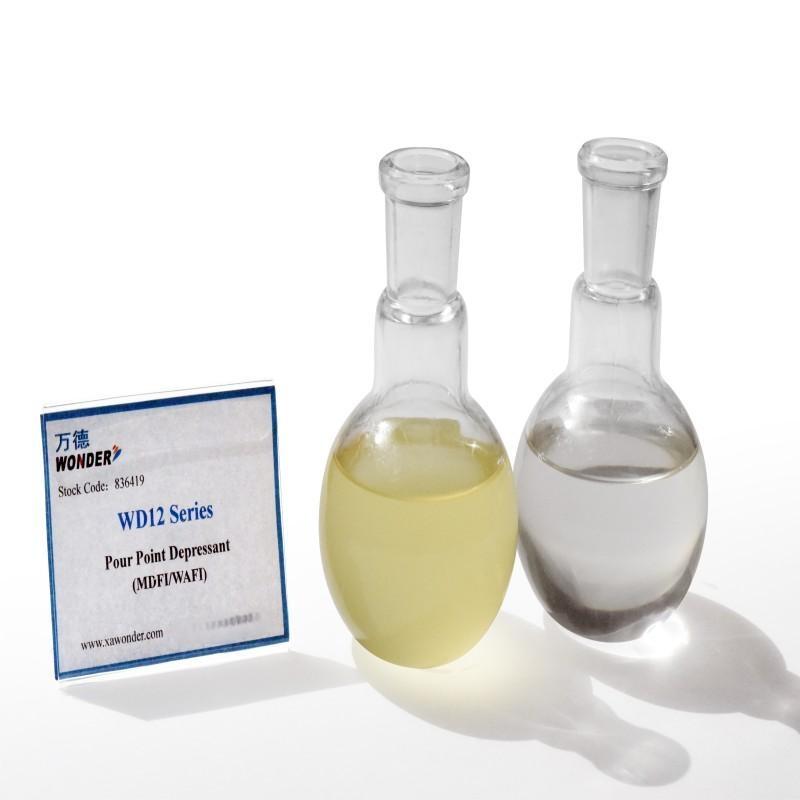-
Categories
-
Pharmaceutical Intermediates
-
Active Pharmaceutical Ingredients
-
Food Additives
- Industrial Coatings
- Agrochemicals
- Dyes and Pigments
- Surfactant
- Flavors and Fragrances
- Chemical Reagents
- Catalyst and Auxiliary
- Natural Products
- Inorganic Chemistry
-
Organic Chemistry
-
Biochemical Engineering
- Analytical Chemistry
-
Cosmetic Ingredient
- Water Treatment Chemical
-
Pharmaceutical Intermediates
Promotion
ECHEMI Mall
Wholesale
Weekly Price
Exhibition
News
-
Trade Service
With the EU ban coming into effect and price cap negotiations progressing, international oil price volatility has intensified recently, and the market is closely watching the global energy supply situation and OPEC's possible response
.
On December 4, local time, the OPEC+ organization of oil producers held a ministerial meeting and decided to maintain the current production plan
.
Tamas Varga, senior market analyst at crude oil broker PVM Oil Associates, said in an interview that OPEC+ is closely monitoring the risks of the supply and demand situation under the global economic slowdown, "considering the impact of the EU on the price ceiling of seaborne oil, the alliance of oil producers has chosen to wait for the time being, while leaving room for next action, maintaining energy supply stability and price reasonable range is the most in the interests of
member countries.
" ”
OPEC+ controls production carefully
At the last OPEC+ ministerial meeting, it was agreed to cut production by 2 million b/d from November, equivalent to about 2% of global demand, the biggest drop since the pandemic in 2020
.
However, the impact of the production curtailment plan on oil prices was quite short-lived, and WTI and Brent crude fell to near one-year lows last week
.
The impact of global slowing pressures on the demand side has been the main negative
for oil prices in recent times.
OPEC lowered its forecast for world oil demand growth for the full year 2022 to 2.
55 million b/d in its monthly market report, and the risk of oversupply is brewing
.
The group also lowered its forecast for world oil demand growth for the full year 2023 to 2.
24 million b/d
.
However, amid a lot of speculation about further production cuts, OPEC+ decided to wait and see for the time
being.
The statement released on OPEC's official website shows that the decision is based on market considerations, which is a necessary and correct course
of action to stabilize the global oil market.
It is worth mentioning that the meeting reiterated its previous view that it will adhere to a proactive and pre-emptive approach and take additional measures in a timely manner to respond to price changes in order to support the balance and stability
of the oil market.
Kuwait's oil minister, Bader al-Mulla, said after the meeting that slowing global growth, soaring inflation and the impact of high interest rates on oil demand were reasons for "continued caution" and that OPEC+ wanted to ensure market stability
.
Varga told reporters that the risk of demand-side shocks has increased, and concerns about oversupply remain, which are evident
in the outlook reports of the three major organizations.
"If the global economy slows further, from the fourth quarter to the first half of next year, crude oil inventory levels will pick up again, which in turn will hit oil prices
.
" He said
.
Recently, the discount reversal of the recent contract of the two major international crude oil contracts and the sharp narrowing of the price difference between forward contracts show the change
in the supply and demand situation.
Varga analyzed that this situation has rarely occurred in the past two years, and the recent data of the world's major economies has been weak, so both the contract price trend and the spread structure reflect the outlook of sluggish demand on the demand side
.
According to the media, citing sources inside OPEC, OPEC+ now wants to assess the impact of the next series of sanctions on the market and observe the outlook for oil demand in some countries before making a decision
.
If necessary, OPEC+ can convene ad hoc meetings and respond
in a timely manner at short notice.
How price caps affect the exports of large capacity countries
After rounds of negotiations, the G7, Australia and the European Union decided last week to cap the amount of seaborne oil at $60 a barrel for major capacity countries
.
European Commission President Ursula von der Leyen said the cap was intended to strengthen the effects of EU sanctions, limiting the country's revenues while stabilizing global energy markets
.
The country hit back hard, and in addition to reiterating that it would not sell crude oil to parties involved in the price limit order, the country's deputy prime minister said on Sunday that such intervention could further destabilize the market regardless of the level set
.
He noted that even if production had to be cut, it would not be sold
below the price ceiling.
The reporter noted that at a discount of $24.
4 to Brent crude oil, the current market price of Urals crude oil is close to $61 per barrel, which is almost the same as the price ceiling
.
Many analysts have begun to question the validity of
the price cap.
James Williams, an energy economist at WTRG Economics, noted that the impact of the cap order is actually manageable
as capacity countries shift their export focus to Asia and $60 is close to their quoted level.
Phil Flynn, a market analyst at Price Futures Group, put it bluntly, "It's a futile attempt, pointless, and if your price is too low or too high, either supply will be limited or the price cap will have no effect
at all.
" ”
Varga also believes that the impact of the price cap on the country may be limited, as the country has largely absorbed the shock
of lost market share in Europe over the past few months.
In his view, the market impact of the EU energy products ban on February 5 next year will be greater, involving production capacity or reaching 600,000 barrels per day, and the shortage of phased global refining will become the focus
of contention.
The recent 2023 investment strategy report released by institutions shows that the outlook for oil prices is not pessimistic
.
Goldman Sachs said it expects Brent crude futures to be $110 a barrel next year, with nearly 30 percent room
to rise.
Morgan Stanley believes that Brent oil prices will fluctuate
in the range of $85 to $100 per barrel.
Varga believes that despite the clouds surrounding the global economy, uncertainty about crude oil exports from major capacity producers in the short term, OPEC+'s current determination to maintain price stability (further production cuts are not ruled out), and a slightly optimistic economic outlook from the gradual easing of epidemic prevention policies around the world are expected to support
energy markets.
"At present, maintaining a stable energy supply and a reasonable price range is the best way to do it in the interests of member countries, and maintaining the price of Brent crude oil around $90 is an acceptable range
for OPEC+.
" He said
.







